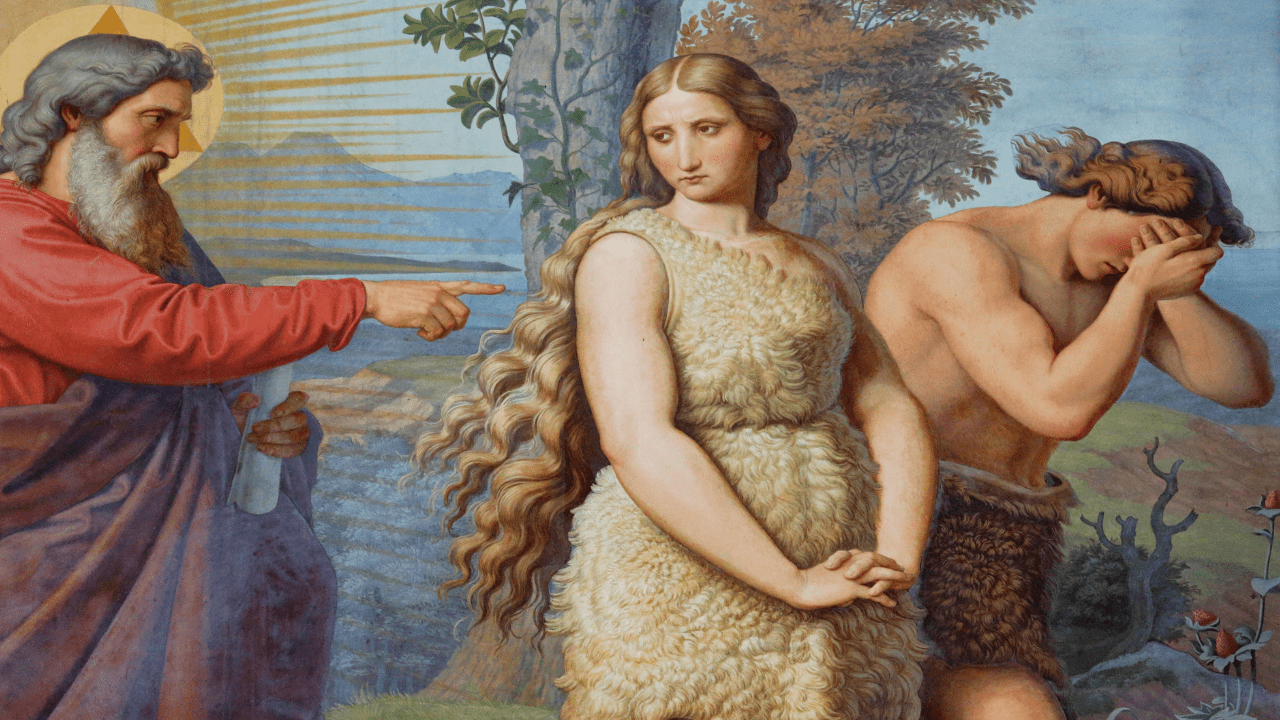Over the past couple of hundreds of years, some scientists have endorsed polygenism: the belief that humans have more than one original ancestral pair. Of course, this runs counter to the idea that Adam and Eve begot the entire human race.
We’re not endorsing the idea of polygenism (there are lots of problems with it), but we can show that it is not as contradictory to our beliefs about Adam, Eve, and Original Sin as some non-Catholics have claimed.
There are two models that show this. Note: This is a hypothetical thought experiment, not a statement of doctrine or science.
1. There was an original rational human couple that sprang from “near humans.”
Only humans have spiritual, rational souls. Other living beings have souls, but they are not spiritual.
Archeological evidence points to the existence of what we may call “near humans” or “anatomically modern” humans. Their bones are similar to ours, but they don’t display the characteristically human behavior of what we’ll call “behaviorally modern humans.”
Around 50,000 years ago, these early humans suddenly started acting like us. This could be when God infused spiritual souls into a behaviorally modern couple, our “Adam and Eve.” This caused a great leap forward in human abilities and led to this couple’s children dominating the land. Merely anatomically modern humans were soon wiped out.
2. Adam and Eve could symbolize the human race.
“Adam” means “man,” as in “mankind.” “Eve” is derived from an ancient Hebrew word for “life.” They appear in the Book of Genesis, a book that — while communicating truth — uses a lot of symbolism. In this case, Adam and Eve could be a symbol for the early human community, which as a whole turned its back on God.
This goes to show that, try as they might, those who want to disprove the Church can’t rely on the idea of polygenism to dismantle core beliefs about our origins.






